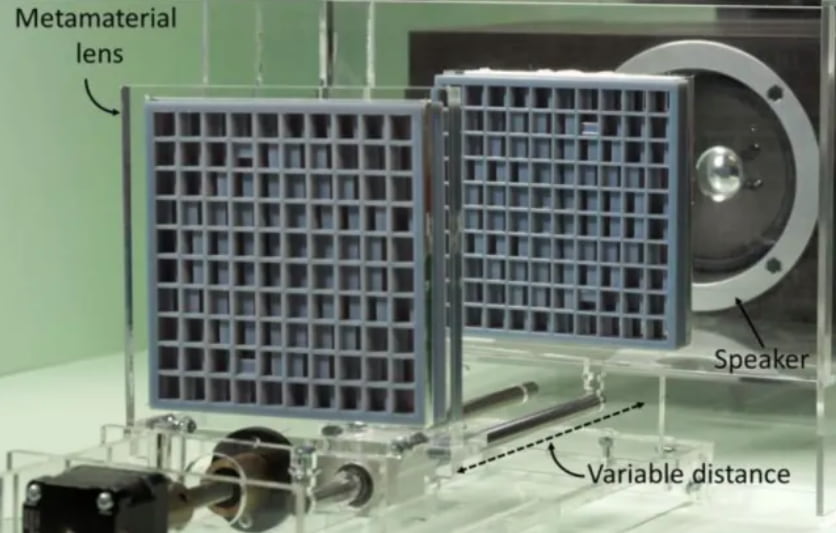Researchers from the universities of Bristol and Sussex in the UK have developed new 3D printed metamaterials which change how sound is delivered. They believe their work could one day be used for many applications from improving sound in concert halls to creating high-intensity ultrasounds to destroy tumors.
The idea is similar to how light is manipulated, whether it’s to be focused or to light up an entire room. With the researcher’s acoustic metamaterials, they hope it’ll be possible to either amplify or pinpoint sounds.
Dr. Gianluca Memoli, research lead and lecturer in Novel Interfaces and Interactions at the University of Sussex, said: “Acoustic metamaterials are normal materials, like plastic or paper or wood or rubber, but engineered so that their internal geometry sculpts the sound going through.”
The researcher’s work involves 3D printing metamaterials into bricks which are Lego-like. The bricks are then put together to manipulate sound waves in a myriad of ways. For example, when coiled, the sound waves can be slowed right down. Certain frequeny ranges can be dispersed, filtered or focussed, making it an ideal material for problematic sound environments.

Manipulating Sound Could Improve Theatre Experiences
Memoli adds that although the idea of “acoustic lenses” has been around for fifty years, this is the first time sound systems with “practical” sized lenses are being explored.
Letizia Chisari, a research contributor, said: “In the future, acoustic metamaterials may change the way we deliver sound in concerts and theaters, making sure that everyone really gets the sound they paid for. We are developing a sound capability that could bring even greater intimacy with sound than headphones without the need for headphones.”
Currently, only a few of the Lego-like bricks can be assembled together. The researchers are now working on increasing the scale of the technique. Further uses could one day include using a microphone to figure out whether small parts of machinery are in working order.
Jonathan Eccles, University of Sussex computer sciences undergraduate student, explains: “Our prototypes, while simple, lower the access threshold to designing novel sound experiences: devices based on acoustic metamaterials will lead to new ways of delivering, experiencing and even thinking of sound.”
Source: Engineering.com

License: The text of "Researchers Develop 3D Printed Metamaterials to Improve Sound Quality" by All3DP is licensed under a Creative Commons Attribution 4.0 International License.